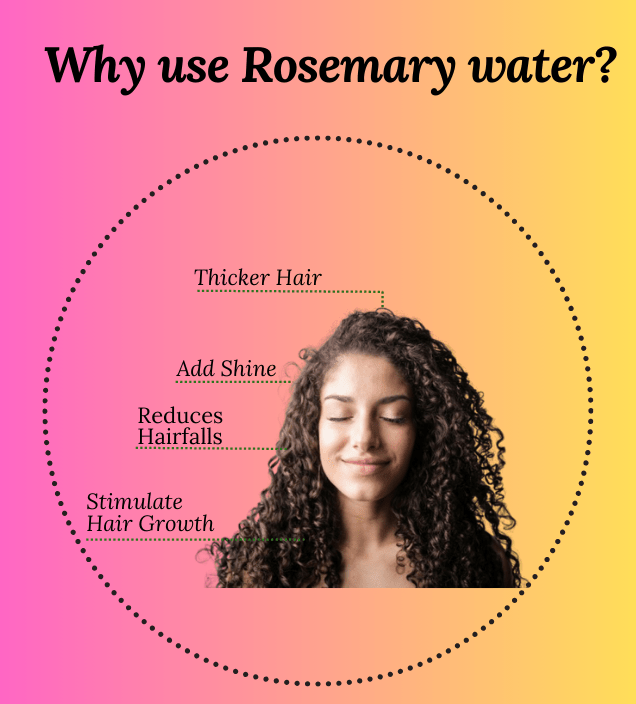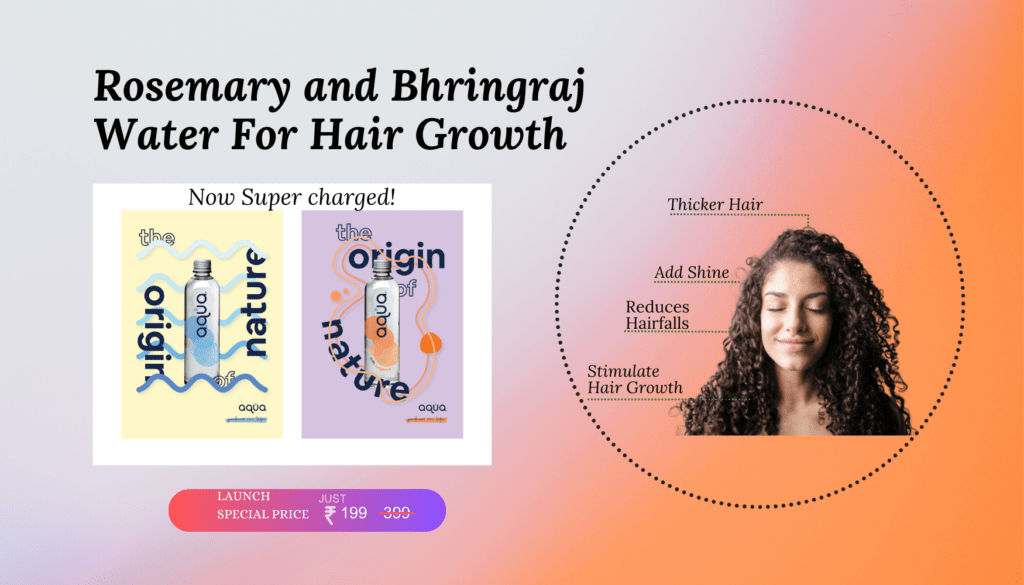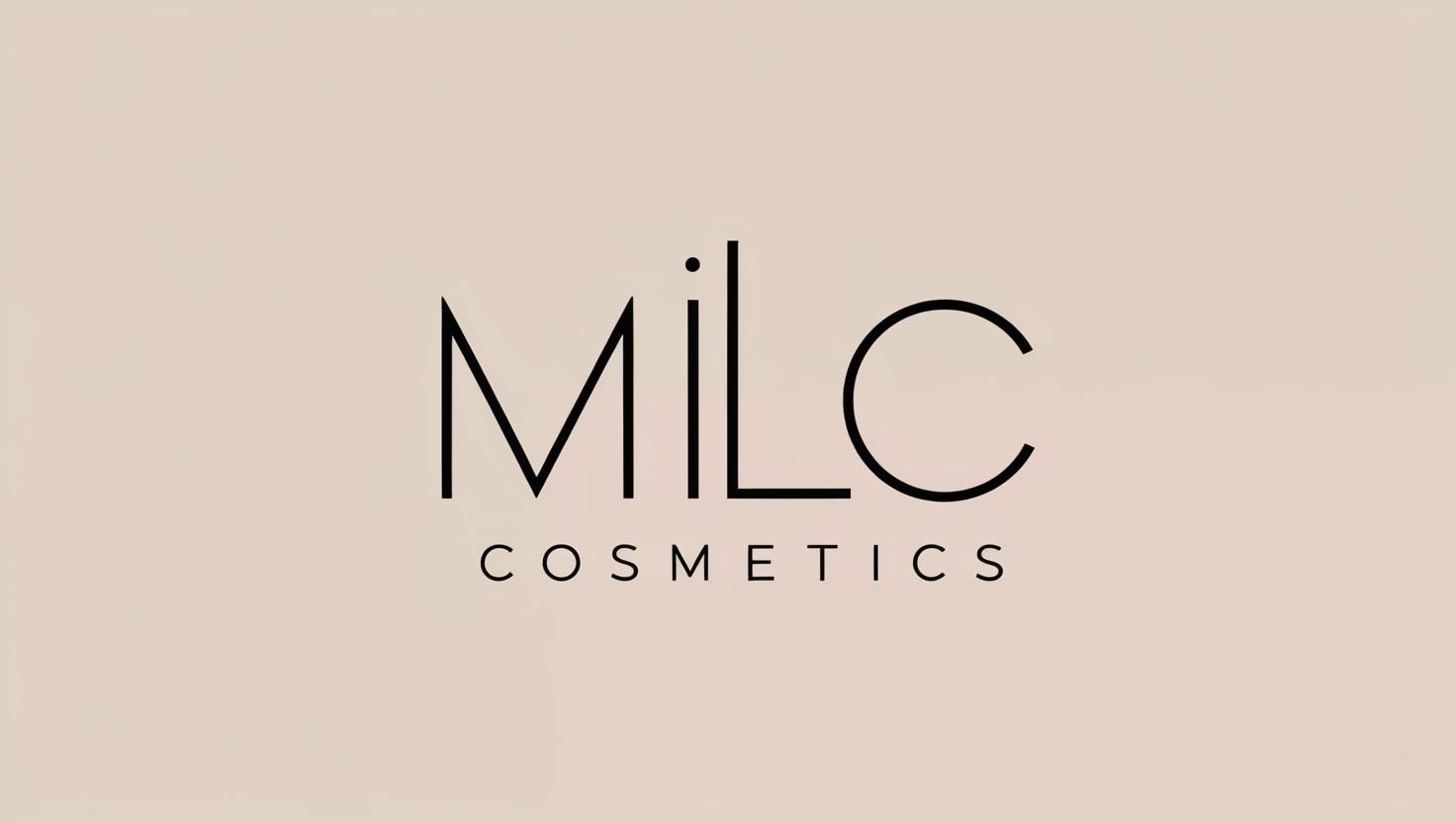- You have no items in your shopping cart
- Continue Shopping

Hair Loss 101: Everything You Need to Know to Take Control of Your Hair Health
Hair loss. Two words that can send shivers down anyone’s spine. Whether you’ve noticed a few extra strands on your pillow, a receding hairline, or thinning patches, hair loss is a universal concern that affects millions of people worldwide. But here’s the thing: hair loss doesn’t have to be a life sentence. With the right knowledge, tools, and mindset, you can take control of your hair health and feel confident again.

This isn’t just another blog post about hair loss. This is your ultimate guide—a 360-degree view of what hair loss is, why it happens, and what you can do about it. We’ll dive deep into the science, debunk myths, explore treatments, and even touch on the emotional side of hair loss. By the end of this, you’ll walk away feeling empowered, informed, and ready to take action.
Let’s get started.
The Basics of Hair Loss

What Is Hair Loss?
Hair loss, or alopecia, is a condition where hair falls out from the scalp or other parts of the body. It can be temporary or permanent, and it can affect anyone—men, women, and even children. While it’s normal to lose 50-100 hairs a day (yes, really!), excessive shedding or thinning is a sign that something might be off.
The Hair Growth Cycle: A Quick Science Lesson
To understand hair loss, you need to understand how hair grows. Your hair goes through three main phases:
- Anagen (Growth Phase): This is when your hair is actively growing. It lasts 2-7 years.
- Catagen (Transition Phase): Hair stops growing and detaches from the blood supply. This lasts about 2-3 weeks.
- Telogen (Resting Phase): Hair rests for 2-3 months before falling out to make room for new growth.
When this cycle is disrupted, hair loss occurs. Simple, right? But what disrupts it? Let’s find out.
Chapter 2: Why Does Hair Loss Happen?
Hair loss isn’t a one-size-fits-all issue. It can be caused by a variety of factors, and understanding the root cause is key to finding the right solution. Here are the most common culprits:
1. Genetics (Androgenic Alopecia)
Also known as male or female pattern baldness, this is the most common cause of hair loss. If your parents or grandparents had thinning hair, chances are you might too. It’s caused by a sensitivity to dihydrotestosterone (DHT), a hormone that shrinks hair follicles over time.
2. Hormonal Changes
Pregnancy, menopause, thyroid issues, and even birth control can throw your hormones out of whack, leading to hair loss. For example, postpartum hair loss is a real thing—many new moms experience shedding a few months after giving birth.
3. Stress and Trauma
Physical or emotional stress can push your hair into the telogen (resting) phase, causing it to fall out more than usual. This is called telogen effluvium. Think of it as your body hitting the “pause” button on hair growth to focus on more pressing matters.
4. Nutritional Deficiencies
Your hair needs nutrients like iron, zinc, vitamin D, and protein to grow. If you’re not getting enough of these, your hair might pay the price. Crash diets or eating disorders can also lead to hair loss.
5. Medical Conditions and Medications
Conditions like alopecia areata, lupus, and diabetes can cause hair loss. Certain medications, such as those for cancer, depression, or high blood pressure, can also have hair loss as a side effect.
6. Lifestyle Factors
Over-styling, heat tools, tight hairstyles (looking at you, ponytails!), and harsh chemicals can damage your hair and lead to breakage or loss.




The Emotional Impact of Hair Loss
Let’s get real for a moment. Hair loss isn’t just a physical issue—it’s an emotional one too. For many people, hair is tied to identity, confidence, and self-esteem. Losing it can feel like losing a part of yourself.
- Men: Male pattern baldness can lead to feelings of aging or diminished attractiveness.
- Women: Thinning hair can be especially devastating, as society often equates thick, luscious hair with femininity and beauty.
- Teens and Young Adults: Hair loss at a young age can be isolating and lead to anxiety or depression.
The good news? You’re not alone. Millions of people are going through the same thing, and there’s no shame in seeking help or talking about it. In fact, acknowledging the emotional side of hair loss is the first step toward healing.
Debunking Hair Loss Myths
Before we dive into solutions, let’s clear up some common misconceptions about hair loss:
- Myth: Only Men Experience Hair Loss.
Fact: Women make up 40% of hair loss sufferers. It’s just as common, though it often looks different (diffuse thinning vs. receding hairlines). - Myth: Wearing Hats Causes Hair Loss.
Fact: Unless your hat is so tight it’s cutting off circulation, you’re good. Hats don’t cause baldness. - Myth: Shampooing Too Often Leads to Hair Loss.
Fact: Washing your hair won’t make it fall out. In fact, keeping your scalp clean can promote healthy hair growth. - Myth: Hair Loss Is Always Permanent.
Fact: Many types of hair loss, like telogen effluvium, are temporary and reversible. - Myth: Only Expensive Treatments Work.
Fact: Effective solutions don’t have to break the bank. Sometimes, simple lifestyle changes can make a big difference.
How to Diagnose Hair Loss
If you’re experiencing hair loss, the first step is to figure out what’s causing it. Here’s how:
- See a Dermatologist or Trichologist:
These are hair and scalp specialists who can examine your scalp, take a medical history, and run tests to determine the cause. - Blood Tests:
These can check for hormonal imbalances, nutritional deficiencies, or underlying health conditions. - Scalp Biopsy:
In some cases, a small sample of your scalp may be taken to examine under a microscope. - Pull Test:
Your doctor may gently pull on a few strands of hair to see how many come out. This helps determine the stage of the shedding process.
Treatment Options for Hair Loss
Now for the part you’ve been waiting for: solutions. The right treatment depends on the cause of your hair loss, but here are some of the most effective options:
1. Medications
- Minoxidil (Rogaine): An over-the-counter topical treatment that stimulates hair growth.
- Finasteride (Propecia): A prescription pill that blocks DHT, the hormone responsible for genetic hair loss.
2. Lifestyle Changes
- Eat a Balanced Diet: Focus on protein, iron, omega-3s, and vitamins like Biotin and D.
- Reduce Stress: Try yoga, meditation, or journaling to manage stress levels.
- Be Gentle with Your Hair: Avoid tight hairstyles, heat tools, and harsh chemicals.
3. Advanced Treatments
- Platelet-Rich Plasma (PRP) Therapy: Uses your own blood to stimulate hair growth.
- Low-Level Laser Therapy (LLLT): A non-invasive treatment that uses light to boost hair follicles.
- Hair Transplants: A surgical option where hair follicles are moved from one part of the scalp to another.
4. Natural Remedies
- Essential Oils: Oils like rosemary and peppermint have shown promise in promoting hair growth.
- Scalp Massage: Improves blood flow to the scalp, encouraging growth.
- Aloe Vera and Onion Juice: These natural remedies can soothe the scalp and reduce inflammation.
Preventing Hair Loss
Prevention is always better than cure. Here’s how to keep your hair healthy and minimize the risk of hair loss:
- Stay Hydrated: Your hair needs moisture to stay strong and elastic.
- Protect Your Scalp: Wear a hat or use sunscreen to shield your scalp from UV damage.
- Avoid Smoking: Smoking reduces blood flow to the scalp, which can hinder hair growth.
- Get Regular Check-Ups: Catching health issues early can prevent hair loss down the line.
Embracing Hair Loss
Sometimes, despite your best efforts, hair loss happens—and that’s okay. Embracing it can be incredibly liberating. Here are some ways to own your look:
- Rock a Buzz Cut: Short hairstyles can be chic and low-maintenance.
- Try a Wig or Topper: Modern wigs are incredibly realistic and versatile.
- Accessorize: Hats, scarves, and headbands can add flair to your style.
- Focus on What You Can Control: Confidence, kindness, and a positive attitude are always in fashion.
The Future of Hair Loss Treatment
The field of hair loss research is constantly evolving. From stem cell therapy to gene editing, scientists are working on groundbreaking treatments that could revolutionize how we approach hair loss. While these options aren’t widely available yet, they offer hope for the future.
Final Thoughts: You’re More Than Your Hair
Hair loss can feel overwhelming, but it doesn’t define you. Whether you choose to treat it, prevent it, or embrace it, the power is in your hands. Remember, you’re not alone on this journey, and there’s no “right” way to handle hair loss. What matters most is how you feel about yourself.
So take a deep breath, arm yourself with knowledge, and take the first step toward reclaiming your confidence. Your hair—or lack thereof—doesn’t make you who you are. You do.
GET IN TOUCH


